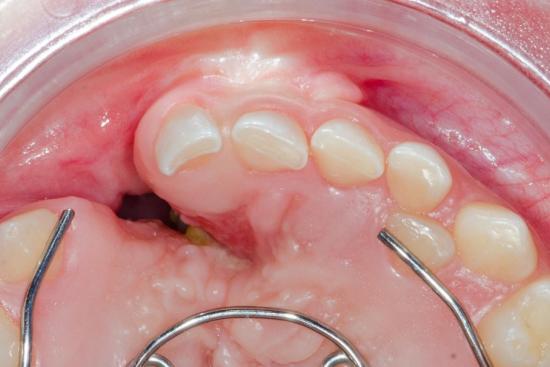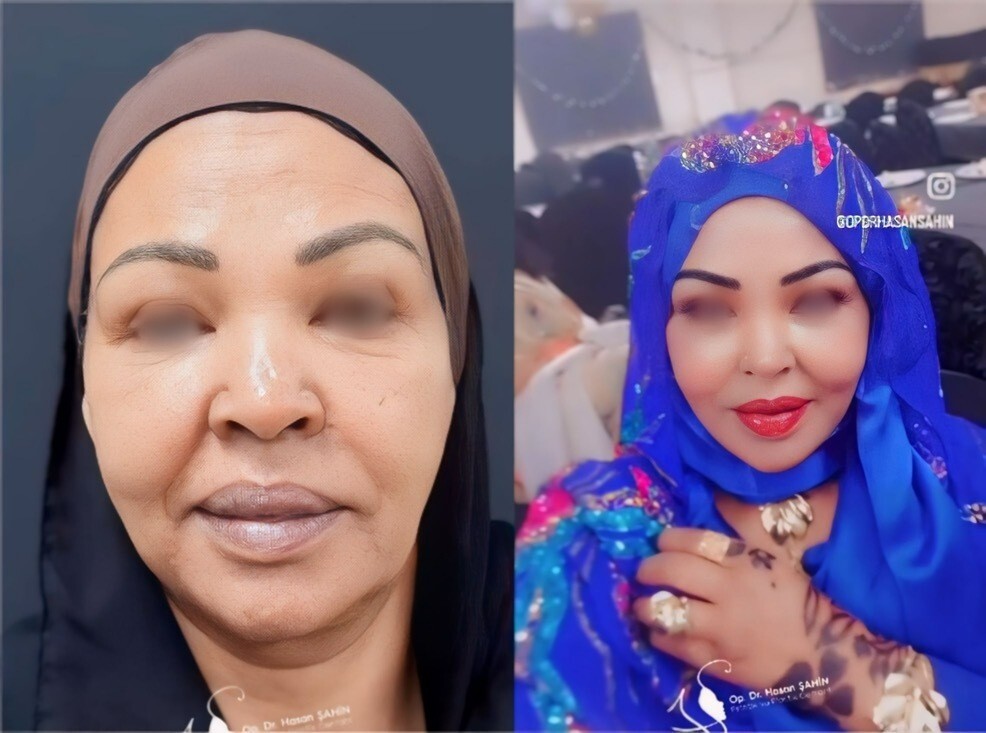Many patients suffer from jawbone loss, which makes dental implants difficult or impossible without prior treatment. This common issue often results from missing teeth, gum disease, or injury. Turquie santé offers an effective solution with advanced dental bone grafting procedures performed by expert surgeons. With top clinics and personalized care, they can help restore bone structure and bring back confident smiles.
How much does dental bone grafting cost in Turkey with Turquie santé?
Our orthodontic surgeons at our partner clinics in Istanbul, Turkey, are always committed to restoring aesthetic as well as functional dental problems. The costs of bone grafting at our facilities are competitive with other dental clinics in Turkey. They include the hospital stay, the costs of the operation and anesthesia, as well as any additional services. Prices therefore vary between 2700$ and 3700$, depending on the type of graft.








